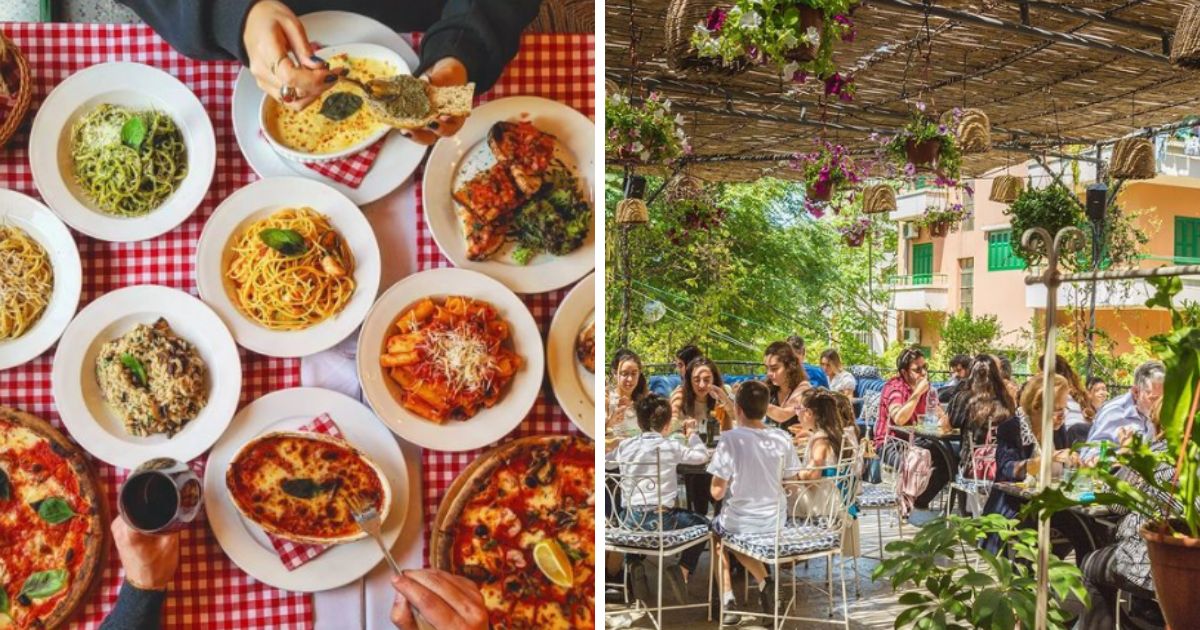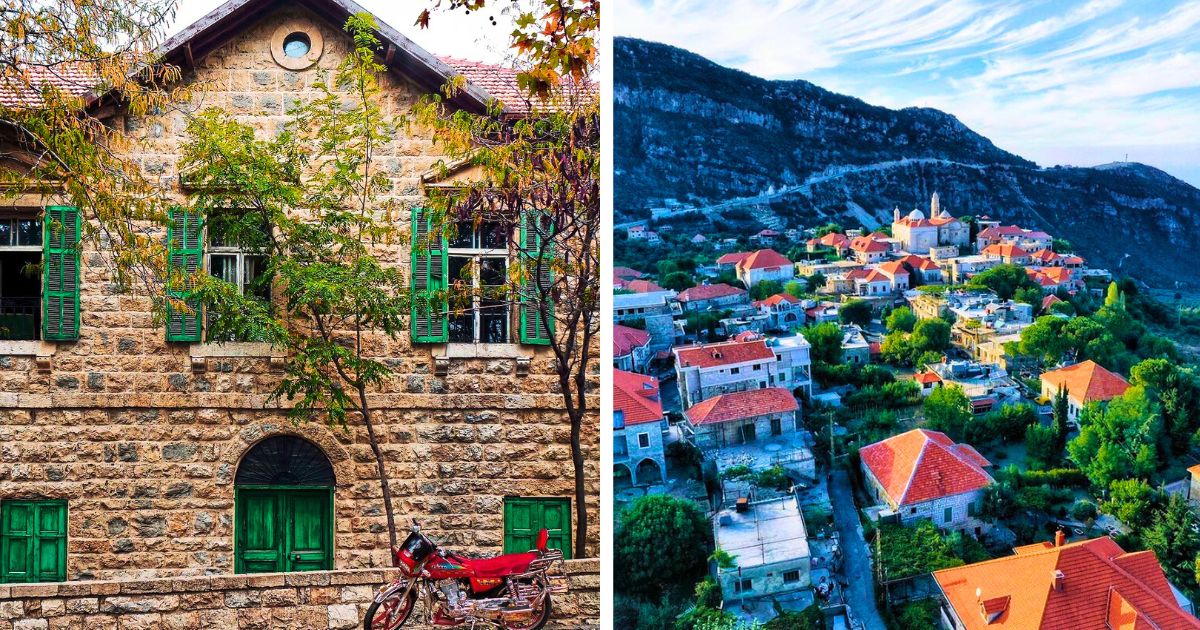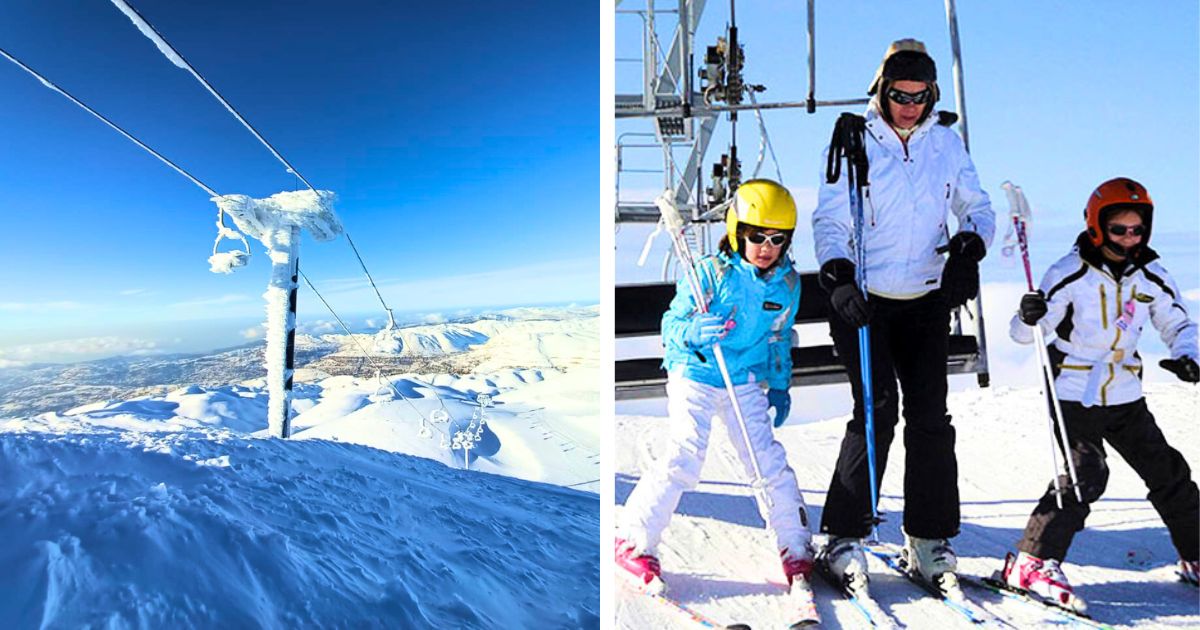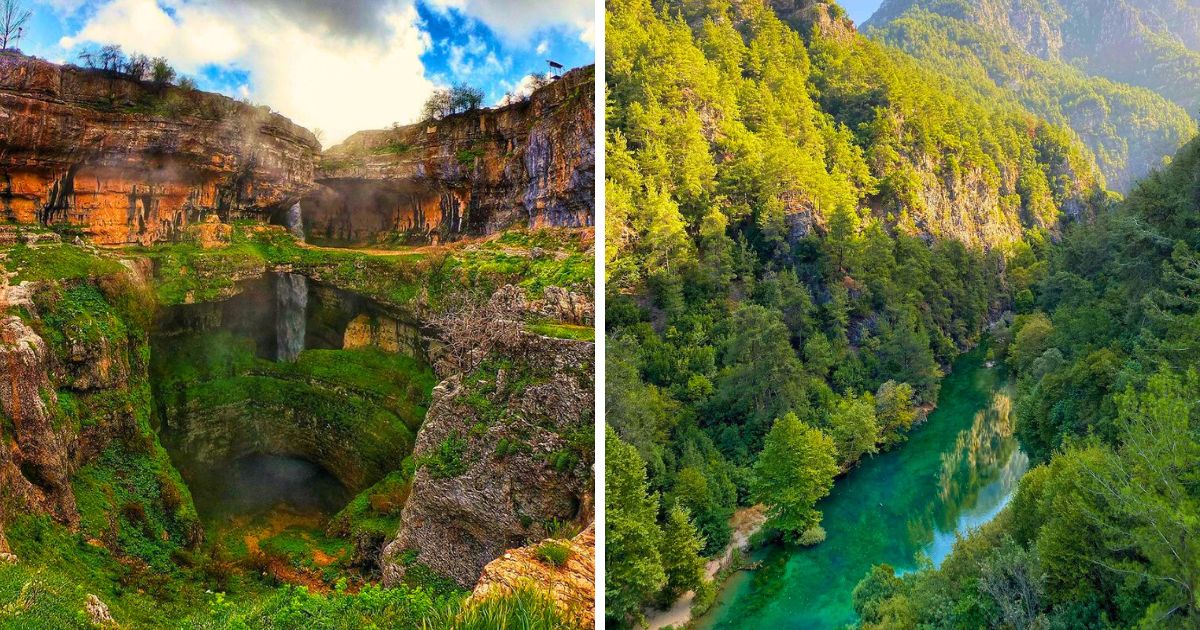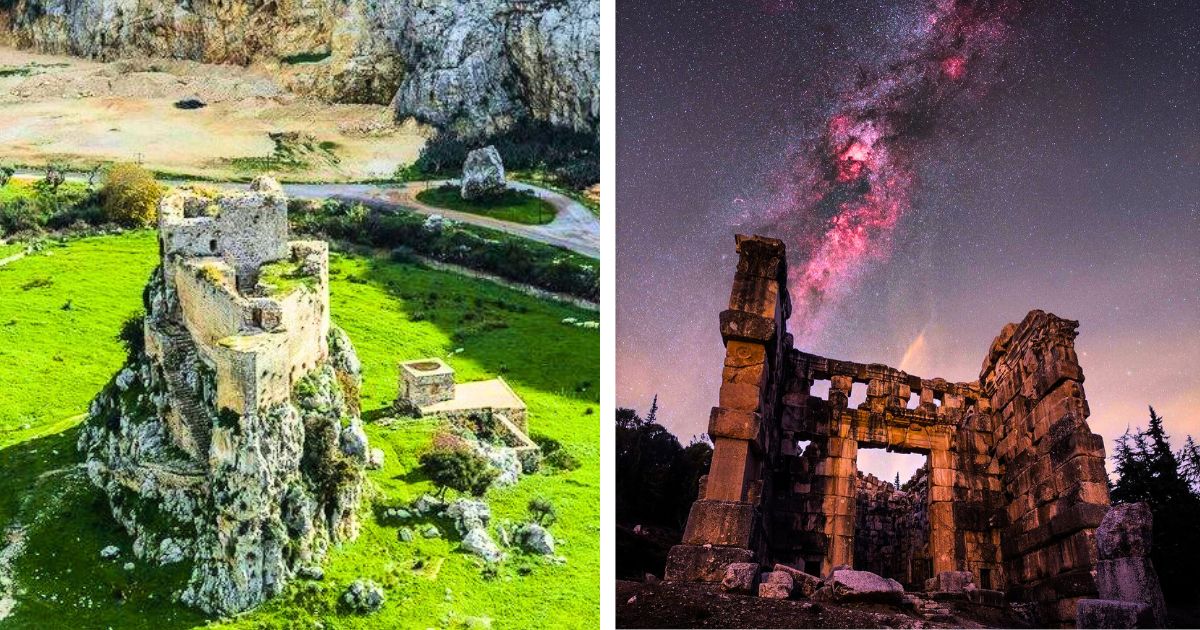A mosaic of diversity, Lebanese people have always had a unique appreciation of the arts. Our year-round theatre performances, exhibitions, and art galleries are a testimony to that.
However, if you are tired of the classics, we have put together a list of 5 alternative museums that you can visit for a taste of something out-of-the-ordinary. In fact, we highly recommend you check them out the soonest!
#1 Nabu
Head north to this one-of-a-kind exhibition by the sea that will take your breath away!
#2 MiM
Check out one of the most significant private collections of minerals in the world! Trust me, rocks have never been more interesting!
The museum is currently displaying more than 2000 items and some of the most instagramable minerals on Earth.
#3 Gibran Khalil Gibran Museum
Plan a trip to the ancient town of Bcharre, the hometown and resting place of Gibran Khalil Gibran, for a chance to see the largest collection of his work.
The upside: The museum is located in the Mar Sarkis (Saint Sergius) hermitage, a grotto where monks took shelter in the 7th century. Gibran later purchased it and took it up as his residence.
#4 Hall of Fame Museum
Catch on the only place you’ll see Trump, Putin and the Sabbouha (Sabah) hanging out together!
Hall of Fame Museum in Zouk Mosbeh houses an array of life-sized animatronic silicon figures that can move and talk. You will get to see everyone from Einstein to Wadih el Saffi there just waiting for a photo-op.
#5 Beit Beirut
Explore Beit Beirut, arguably the most famous structure in Beirut, for a one-of-a-kind experience!
Only the Lebanese can turn their pain into art. This astounding museum and urban cultural center played a major role in our civil war. It rises right at the demarcation line that divided our capital back then into what came to be called West Beirut and East Beirut. Terms we no longer use.
Reconstructed to retain its original form in the collective memory, Beit Beirut museum features weekly displays of art inside its infamous yellow-stone and bullet-infested walls.
Today, the center celebrates the history of Beirut, its resilience and how far we have come as one nation.








